What is Page Speed Optimization?
Imagine you’re at a coffee shop, and you order a latte. You expect to get your drink quickly, right? Now think of your website visitors as people ordering lattes. They want your website to load just as fast. Page speed optimization is like making sure your barista is super quick and efficient, so everyone gets their coffee without waiting too long.

When we talk about page speed, we’re looking at how quickly your website appears on someone’s screen. There are a few key ways to measure this:
- Time to First Byte (TTFB): This is like how fast the barista starts making your coffee after you order. A quick TTFB means your server is responding fast.
- Time to Interactive (TTI): This measures how long it takes for your website to become fully usable. If your site has lots of fancy features (like JavaScript), it might take longer.
- First Contentful Paint (FCP): This is the time it takes for the first bit of content (like text or an image) to show up. It’s like seeing the barista pour your coffee.
- Load Time: This is the total time it takes for everything on your webpage to load completely. It’s like getting your latte with the perfect foam art on top.
Why is Page Speed Important for SEO?
Page speed isn’t just about making your visitors happyᅳit’s also about impressing search engines like Google. Here’s why:
- Better Rankings: Google loves fast websites. If your site loads quickly, it’s more likely to show up higher in search results. It’s like getting extra points for fast service.
- Improved User Experience: Nobody likes to wait, especially on the internet. If your site takes too long to load, visitors will leave and find a faster one. This increases your bounce rate, which can hurt your SEO.
- Higher Conversion Rates: A fast website keeps visitors engaged. They’re more likely to stay, explore, and maybe even buy something or sign up for your newsletter. This means more success for your site.
Does Page Speed Affect SEO?
Absolutely! Here’s how:
- Search Engine Rankings: Google considers page speed when ranking sites. Faster websites get a boost in search results.
- User Experience: Happy visitors mean better SEO. If your site loads quickly, people stick around longer, which lowers your bounce rate and improves engagement.
How to Optimize Page Speed
Want to make your website faster? Here are some easy tips:
- Choose a Good Host: Think of your web host as the foundation of your website. A good host with fast servers makes a huge difference.
- Optimize Images: Large images can slow down your site. Use tools to shrink images without losing quality. You can also use faster image formats like WebP.
- Minimize Code: Clean up your website’s code by removing extra spaces, comments, and unused bits. This helps your site load faster.
- Use Caching: Caching stores parts of your website so they load quickly for repeat visitors. If you use WordPress, there are plugins to help with this.
- Reduce Redirects: Too many redirects can slow down your site. Simplify your website structure to minimize them.
- Use a Content Delivery Network (CDN): A CDN stores copies of your site on servers around the world. This means data travels shorter distances, speeding up load times.
Conclusion
Think of page speed optimization as giving your visitors a smooth and fast experience, just like getting a perfect latte in no time. It boosts your search engine rankings, makes users happy, and can even improve your sales or sign-ups. Follow these tips to make sure your website runs like a well-oiled machine, keeping everyone satisfied and coming back for more.
